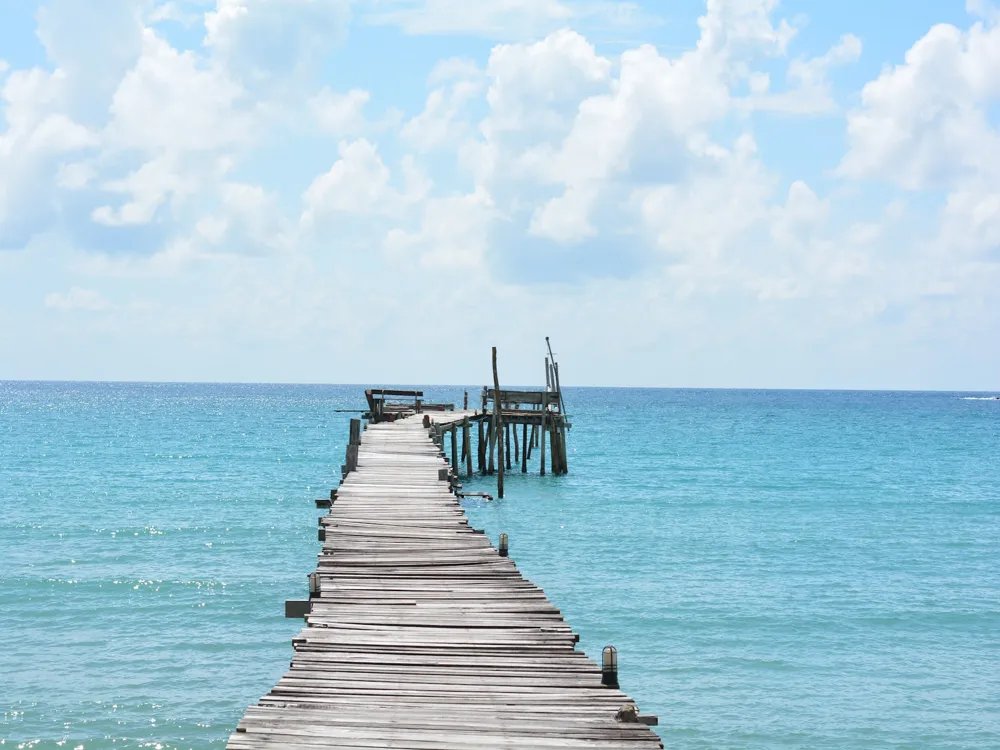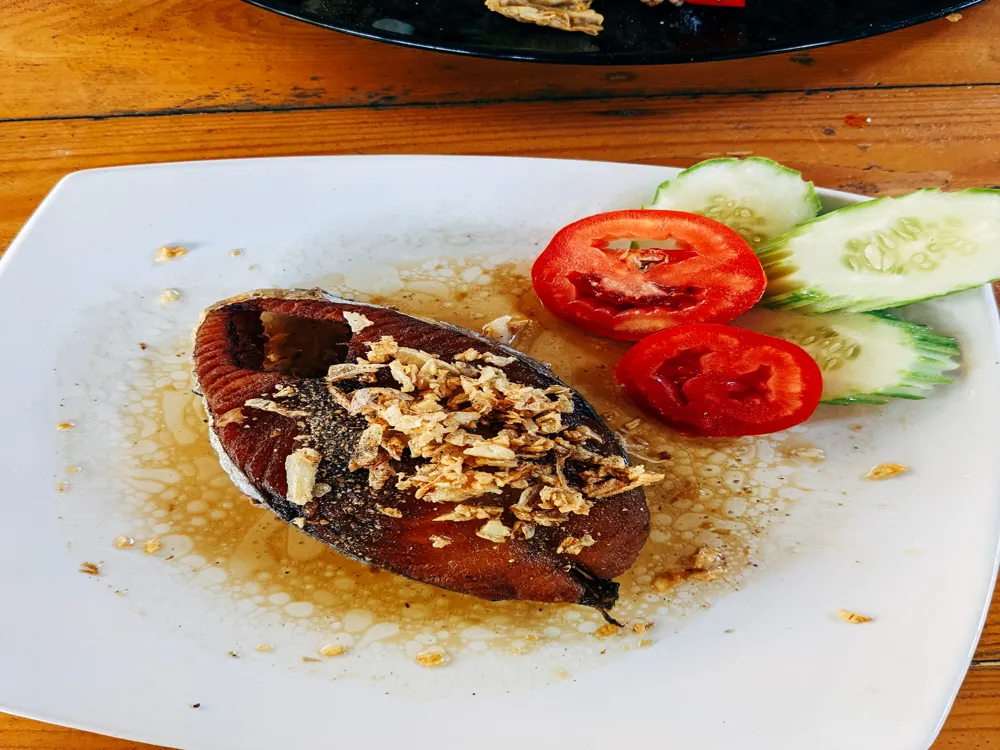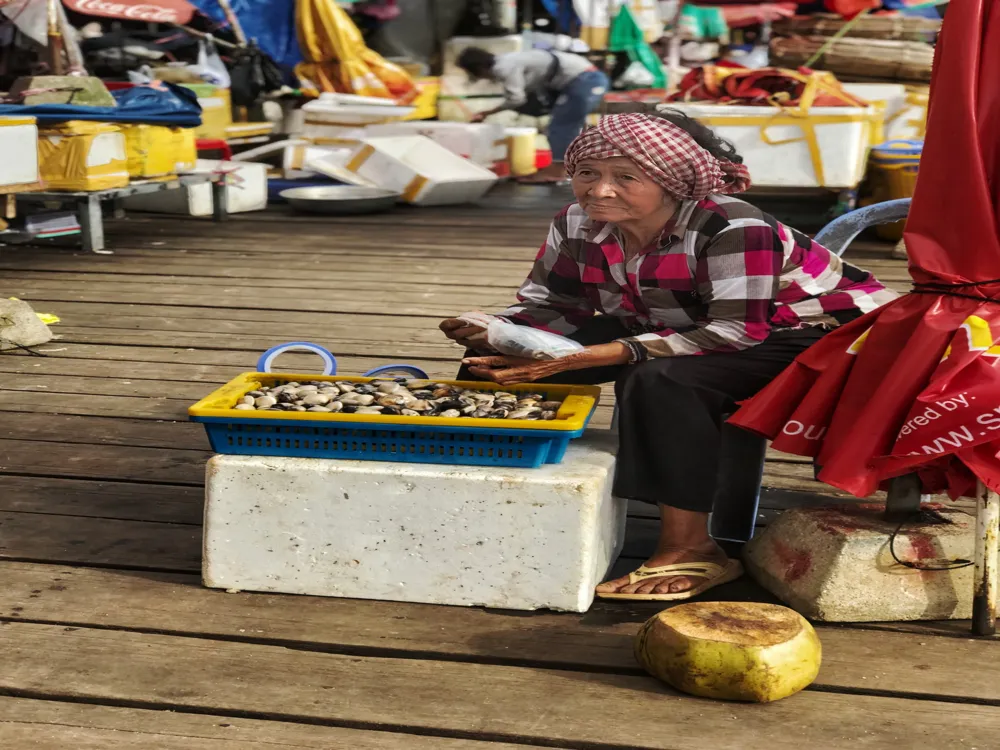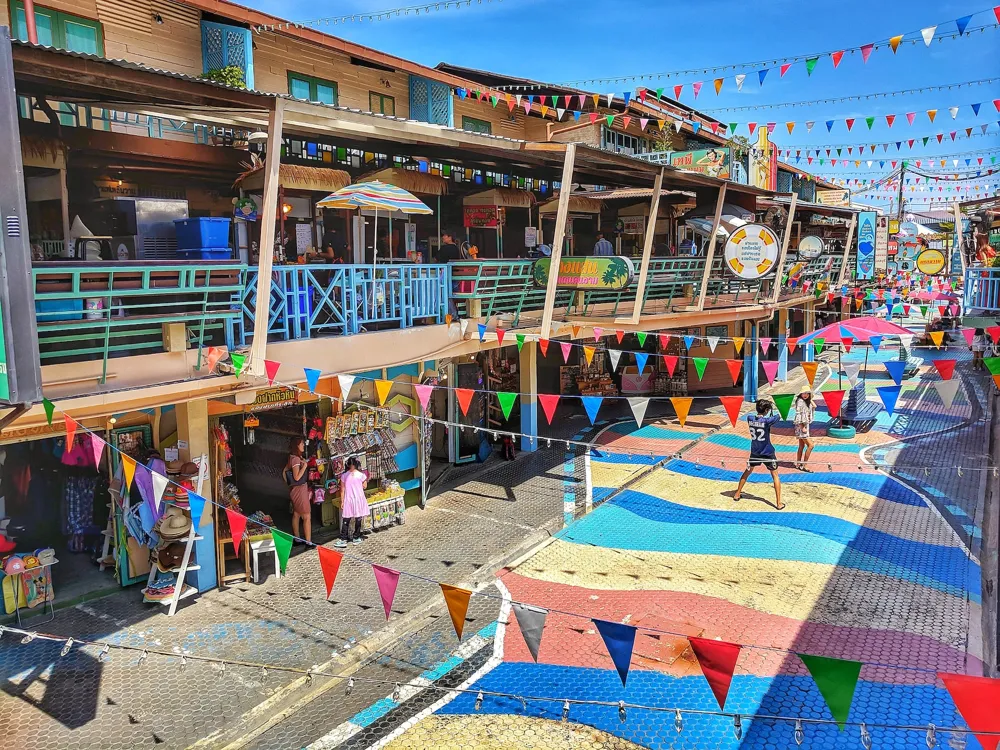Best Time to Visit Koh Kood
Thailand
25 out of 53 Places to visit in ThailandNaN onwards View Packages
Get Customized PackagesThe Land of Diversity
Top Hotel Collections

Private Pool

Luxury Hotels

5-Star Hotels

Pet Friendly
What is the Best Time to Visit Koh Kood?
Nestled in the azure waters of the Gulf of Thailand, Koh Kood is a tropical paradise that beckons travelers year-round. To make the most of your visit, it's essential to plan your trip at the perfect time. Let's delve into the intricacies of Koh Kood's seasonal variations to ensure your experience is nothing short of extraordinary.
More about Best Time to Travel to Koh Kood
Travel Peak Season in Koh Kood
Embark on an unforgettable journey to Koh Kood during its peak season, which typically spans from November to February. During these months, the island is graced with a cool and dry climate, ideal for indulging in various outdoor activities. The clear skies and gentle breezes make it a haven for beach lovers and water enthusiasts. Dive into the crystalline waters, explore vibrant coral reefs, and bask in the serenity of pristine beaches.
Travel Offseason in Koh Kood
For those seeking a more serene escape, the offseason from May to October presents a unique charm. Although it's the rainy season, the downpours are brief, interspersed with moments of sunshine. This is an excellent time for budget-conscious travelers, as accommodation prices often dip. Explore the lush landscapes, witness the island's rejuvenation after rain, and experience a quieter, more introspective Koh Kood.
Koh Kood Travel Packages
View All Packages For Koh Kood
Koh Kood in Shoulder Season
The shoulder seasons of March to April and September to October offer a delightful blend of favorable weather and fewer crowds. The temperatures rise, making it an ideal time for sunbathing and water activities. During these months, you can enjoy the best of both worlds – the allure of the high season and the tranquility of the low season. It's a golden opportunity to savor the island's beauty without the hustle and bustle.
Koh Kood in Hot Season
As the thermometer climbs during the hot season from March to May, Koh Kood becomes a tropical haven for sun worshippers. The sea is invitingly warm, perfect for snorkeling and diving adventures. Immerse yourself in the vibrant marine life and relish the long, sun-drenched days. Be sure to stay hydrated and take advantage of the refreshing sea breezes that provide respite from the heat.
Koh Kood in Rainy Season
While the rainy season from June to October may deter some travelers, it unveils a different side of Koh Kood. The occasional rains breathe life into the lush surroundings, transforming the island into a verdant paradise. Take leisurely strolls through rain-kissed landscapes, witness breathtaking waterfalls in full flow, and relish the unique charm that only the rainy season can offer.
Koh Kood in Cool Season
The cool season, spanning from November to February, is synonymous with idyllic weather on Koh Kood. With lower humidity and pleasant temperatures, it's the perfect time for exploration. Engage in island-hopping adventures, visit local fishing villages, and savor fresh seafood under the starlit skies. The cool season encapsulates the essence of Koh Kood's natural beauty, ensuring a memorable and comfortable stay.
Places To Visit In Koh Kood
View All Places To Visit In Koh KoodNearby Places Koh Kood
Koh Kood Photos
View All Photos For Koh KoodBrowse Package Collections
Browse Hotel Collections
Faq
Q: What is the best time to visit Koh Kood?
A: The ideal time to visit Koh Kood is during the dry season, which typically runs from November to April. This period offers pleasant weather with clear skies, calm seas, and lower humidity, providing the perfect conditions for beach activities and exploring the island.
Q: Are there any specific months to avoid due to weather conditions?
A: The monsoon season, occurring from May to October, brings heavy rainfall and rough seas, making it less suitable for a visit. It's advisable to avoid these months to ensure a more enjoyable and safe experience on the island.
Q: What is the weather like during the dry season?
A: The dry season in Koh Kood features warm temperatures ranging from 25°C to 35°C (77°F to 95°F). Expect plenty of sunshine, making it an excellent time for water activities such as snorkeling, diving, and boat trips.
Q: Are there any festivals or events that make visiting during a specific time special?
A: Songkran, the Thai New Year, is celebrated in mid-April and can add a unique cultural experience to your visit. However, be prepared for lively water fights as part of the festivities.
Q: How crowded is Koh Kood during peak tourist season?
A: The island tends to be busier from December to February, which is considered peak tourist season. Accommodations and popular attractions may be more crowded during this time, so it's advisable to plan and book in advance.















